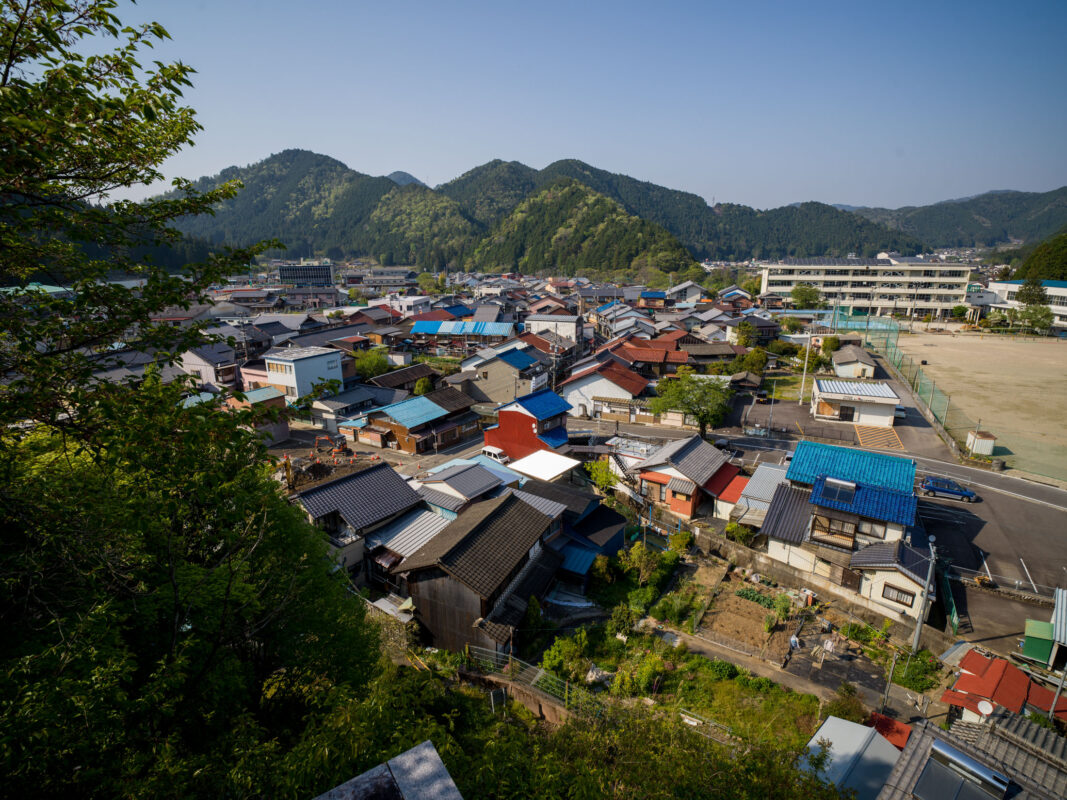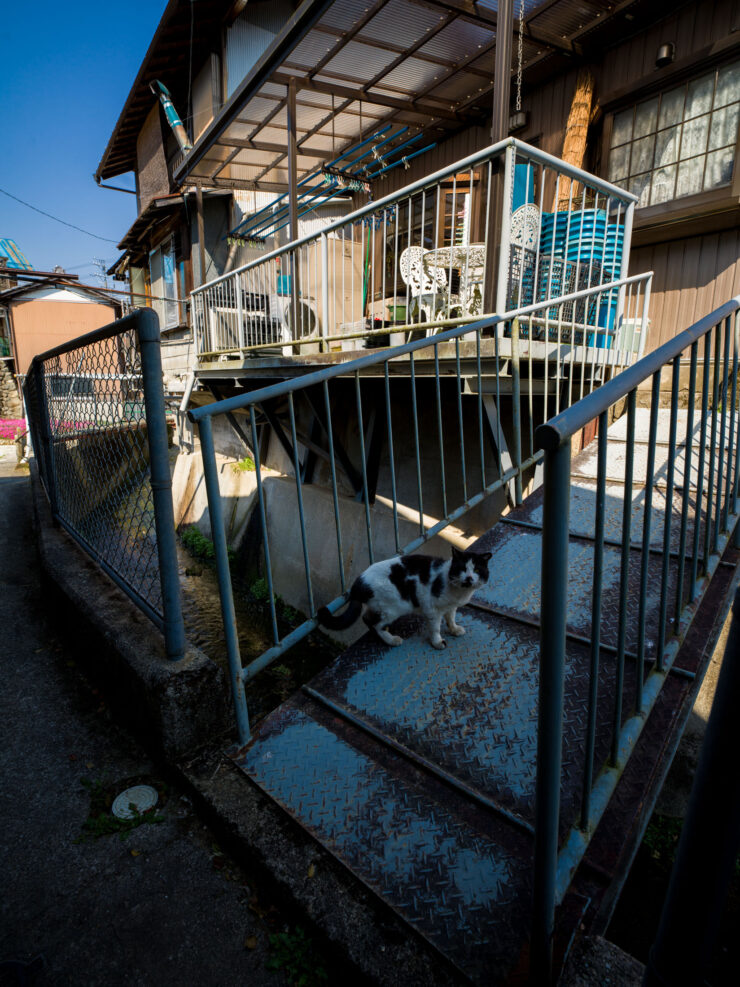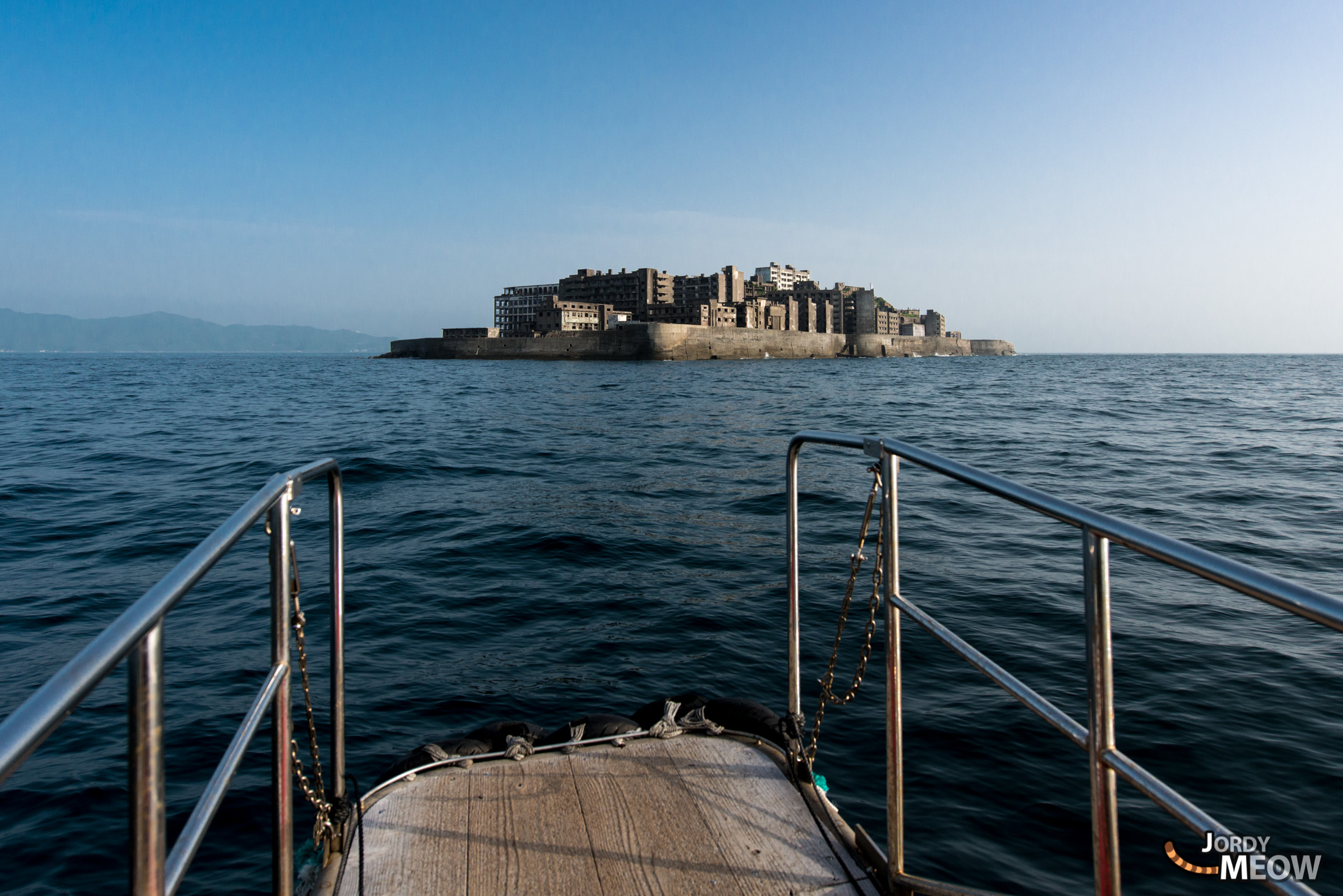Gero Onsen, one of the three best-known hot springs in Japan, is in Gifu prefecture. Kanayama-cho, 28 km south, is attached to the city of Gero.

Kanayama village is made up of a sprawling district of alleyways: Kinkotsu Meguri 筋 骨 め ぐ り. The narrow streets are so intricately intertwined that the place is said to be a maze for non-locals.

The advice on the city website is don’t hesitate to ask residents the way if you find yourself lost! If you’re not the adventurous type, you can also call on the services of a local guide.
The word Kinkotsu 筋 骨 means “muscle and bones”. It was chosen in reference to the complexity and narrowness of the alleys, resembling human body parts.

Kanayama village, at the crossroads of several feudal fiefs, was used as a border post and developed through trade. During the turbulent Sengoku period (1477–1573), clan wars and political unrest raged in the archipelago.
The Kinkotsu Meguri maze was built to disorientate potential enemies, who would lose themselves along the dark alleyways.

The village is believed to have been inhabited for a long time: remains of the Jōmon period (c. 14,000 and 300 BC) have been found nearby. Traces of dwellings, earthenware, stone tools and arrowheads dating back to 10,000 BC have been excavated near the Iwaya Dam.

The tiny alleys weave between the Meiji and Shōwa wooden houses that are still standing. The passageway is sometimes so narrow that only one person at a time can squeeze through.

All these secret passages are still essential to locals, probably the only people who know them, as shortcuts through the neighbourhood.
The maze of old alleyways of Kinkotsu Meguri district harks back to the Shōwa era (1926–1989). This retro atmosphere is very photogenic. Almost like being lost in an anime adventure, out of time in this little corner of rural Japan.
Hidden in the maze is a local version of the flying castle in Howl’s Moving Castle !

And for more awesome content about Japan, follow Jordy Meow on Instagram ! 🎵




























































